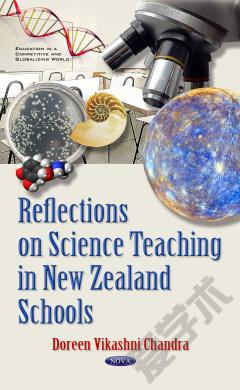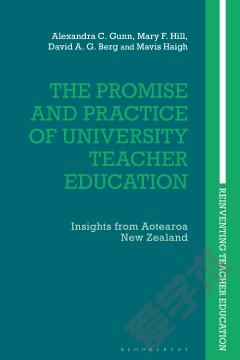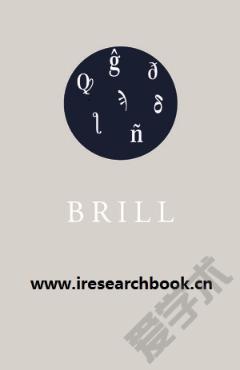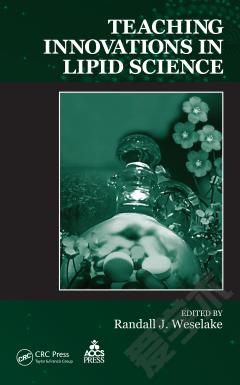Reflections on Science Teaching in New Zealand Schools
This publication presents findings on students’ perceptions of their teaching experience in New Zealand science classrooms. It highlights some important issues associated with underachievement of students in science education in New Zealand schools and the possible reasons for declining science enrollment rates in high schools. Furthermore, it attempts to identify the best ways of teaching the sciences to students in New Zealand for the benefit of all learners, including diverse learners. Research to date is limited in explaining diverse students’ perceptions of their teaching experiences in secondary science. Therefore, this book aims at expanding and understanding the issues affecting achievement in science education by particularly identifying pedagogies of teaching that helped and hindered students learning of science in New Zealand schools. In doing so, this book offers examples of the “best practices” in science teaching to teachers of science, preferred by diverse learners in current New Zealand secondary science classrooms. It is evident from the findings that students’ learning in science was assessment-centered and knowledge-centered, and instructions and tasks were designed according to curriculum, content and assessment goals, which is problematic. The empirical findings in this book strongly support the need for situating students’ learning within the community of learning when considering quality science teaching for all students. This publication is a practical guide for professionals such as university academics involved in science teacher training programmes, ministry of education for policy-making and funding, university students becoming science teachers, current primary and secondary science teachers, school principals and emergent researchers.
{{comment.content}}








 京公网安备 11010802027623号
京公网安备 11010802027623号